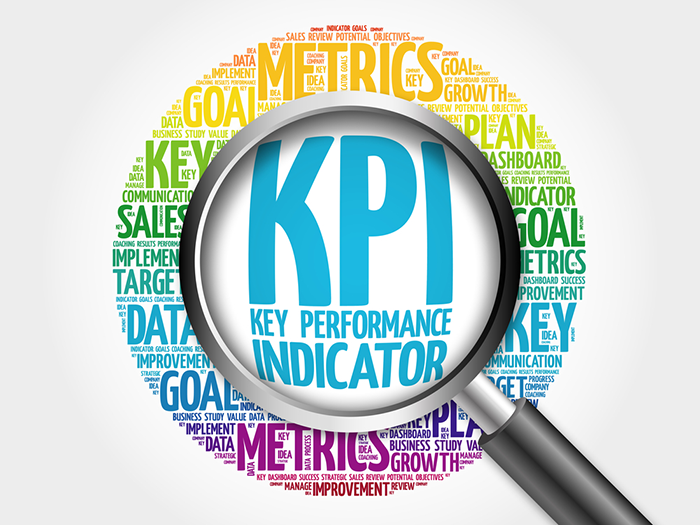
One of the toughest questions marketers face is how to know when their efforts are working. Which marketing activities pay off? What made your most successful campaigns soar? Where can you afford to cut back on marketing spend, and where should you invest? Marketing automation and the sophisticated analytics that are part of the package offers solutions. Your analytics show you exactly how your marketing translates into revenue – and if they don’t, it’s time to prioritize these key performance indicators and get a clearer view of your best success stories.
Initial Conversion Rate
It’s fairly straightforward to see how marketing pays off at the end of your sales funnel. An increase in sales is a pretty good indicator that you’ve reached your audience. How you’re doing at the top of the sales funnel is a little more difficult to track. Leads who are just starting their buying journey may not be easy to differentiate from student visitors, competitors, and accidental tourists. Marketing automation systems that anonymously track IP addresses can give you a preliminary look at your newest crop of leads. Getting to know these top-of-funnel leads and watching how they interact with your site tells you plenty about how leads convert in the long term.
Engagement
Even when you have some bare-bones data about traffic, it’s not enough to know the number of leads who visit your site. You also need a better understanding of what that traffic means and what they’re hoping to find. Are leads visiting and bouncing quickly, or are they sticking to your content and learning more? Do they download your white papers and sign up for newsletters? These are strong signals of engagement, and your analytics must be sensitive enough to detect them.
Lead Scores
Not all leads are created equal. Some will enter your sales funnel already predisposed to buy, while others need nurturing. Telling them apart so you can give them what they need to make buying decisions is what lead scoring is all about. Lead scores tell you how ready a prospect is to move on to the next phase of the buying journey and when it’s time to make the hand-off to the sales team. Behavioral and contextual data shed new light on demographic and firmographic details about your leads, giving you a more accurate lead score and helping you guide leads to the appropriate nurture program for them.
Satisfaction
As important as lead gen is, it’s just part of the larger revenue puzzle. Your customers might give you feedback about their satisfaction, but most of the time, they’ll vote with their wallets – or with their feet. Marketing automation software tracks behavioral data from your customers, putting it into context so you can measure buyer satisfaction in areas your customers might not tell you about directly. The software can also make it easier to administer surveys and get more accurate results. Cross-selling and up-selling is far more effective when you have better customer knowledge and higher levels of satisfaction.
Revenue Attribution
Where do sales come from? Attribution is the science of finding the answer to that question, and with marketing automation, it’s now possible to analyze sales in terms of revenue attribution. Spotting the pivot points at which your customers tend to make marketing decisions is key to helping future buyers turn those corners more easily. Multi-touch attribution is more than any one marketer could handle alone, but with marketing automation technology, it’s possible to assign weighted attributions to every lead’s decision-making process.
© Reach Marketing LLC 2017 All Rights Reserved.






